 Low O2 pond covered in algee
Low O2 pond covered in algee What then, happens to all the waste that is created by an average chicken farm producing over a half-million chickens in a small area each year?
Although innovative waste management techniques have been pioneered such as bio-fuel and bio-massing, the “litter” from broiler production in the United States is still processed the same way it was 50 years ago[i] – it is spread on surrounding fields.
- Yesteryears litter contained the same components it does today, but in much less concentration.
Today’s production levels are much more intense in terms of animals per acre; therefore the waste, consisting of all the excreted antibiotics and medications the birds receive is all the more concentrated. - The majority of these excessive nutrients translate to surface water areas (ponds, lakes, etc) and bays, particularly in the littoral regions of the United States. The overabundance of P,N and K contributes to eutrophication leading to a dense growth of plant life and stagnation in the growth of animal life from a lack of oxygen.

A USDA report published in 2000[ii] warned of the consequences from the consolidation of small farms into large and very large operations. The report linked the remarkable increase in livestock density with increased problems in the disposal of livestock manure. In other words the industry loves the cost savings associated with consolidation but can’t deal with the proper disposal of the waste associated with said production.
At SonRise, we use three key concepts – movement, match and meticulousness
- Movement – each day our animals are moved to a fresh set of pasture. This is not our concept – we hijacked the idea from nature. As you observe animals in their natural environment, you will find that they are always on the move. They do this, primarily because they are forced to look for new food sources. The wonderful side effect is that they cannot concentrate their manures in any one space. We mimic this on our Ranch by keeping our critters on the march.
- Match – we know what nutrients are contained in our animals manure and match that to the needs in each pasture. Our primary goal is to grow grass (for our beef) so we use chickens, pigs and cows in successive order to add back what is being taken out.
- Meticulousness – husbandry is a lost art. We are trying to bring it back and believe that a diligent, professional and sincere care for the animals is key. They will tell you what they need – you just have to be willing to listen. My favorite example of this is when our pigs all got colds. Pigs have a similar biological system to humans – so much so that in college biology class we dissected a baby piglet, and human organs are often grown in pigs. So I did for them what I would do for myself, a large dose of Vitamin C. We went to the local whole foods and got a large box of juiced out, organic oranges. We fed them to our pigs and in two days they all felt much better.
[i] http://www.pewtrusts.org/~/media/legacy/uploadedfiles/peg/publications/report/pegbigchickenjuly2011pdf.pdf
[ii] Kellogg, R.L., et. al. 2000. Manure Nutrients Relative to the Capacity of Cropland and Pastureland to Assimilate Nutrients: Spatial and Temporal Trends for the United States. USDA Natural Resources Conservation Service and Economic Research Service. www.nrcs.usda.gov/technical/NRI/pubs/manntr.pdf.
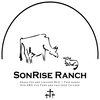
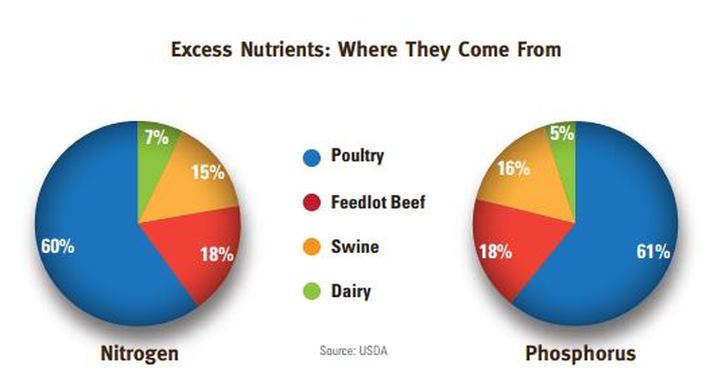


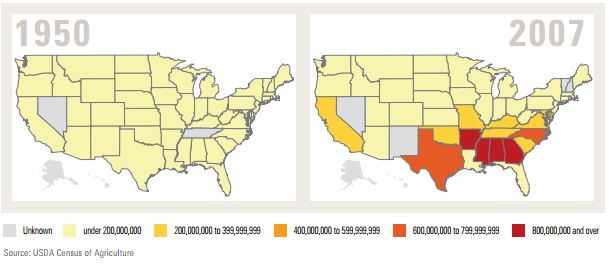

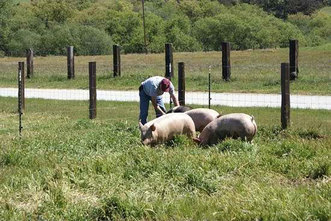

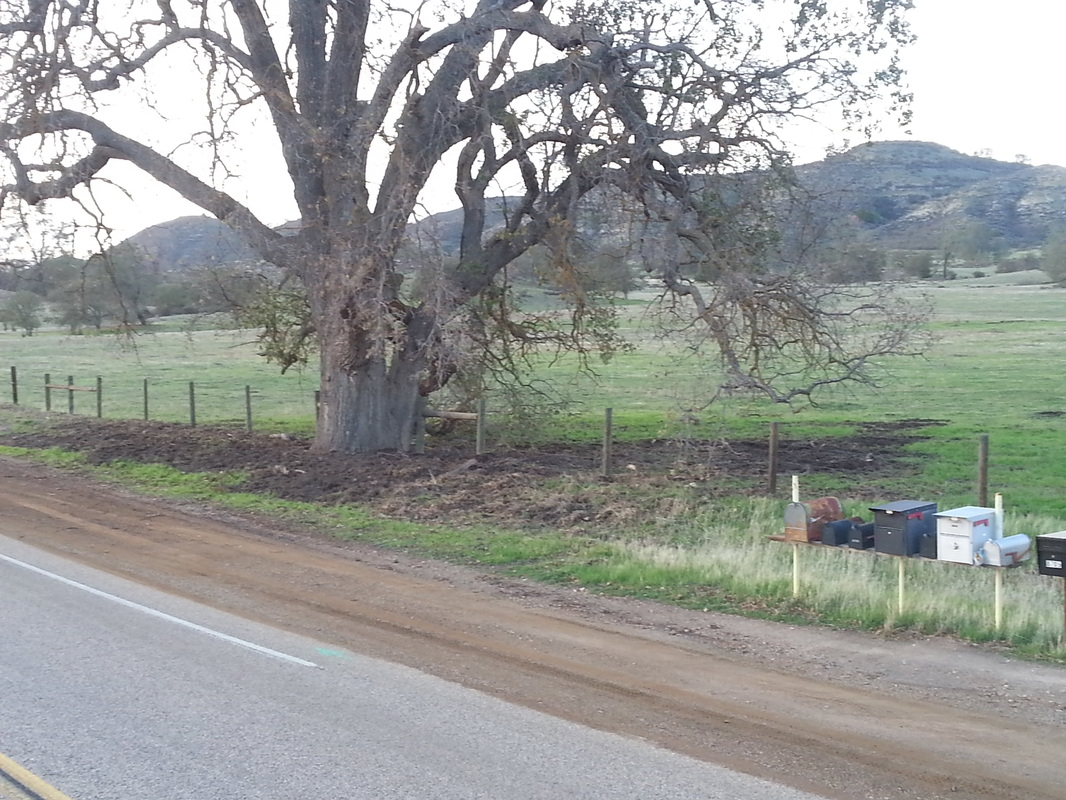
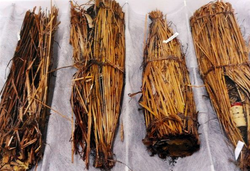



 RSS Feed
RSS Feed